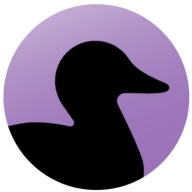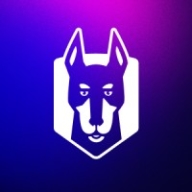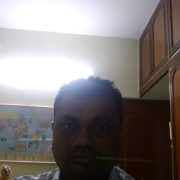

Coverity and Snyk are leading tools in software vulnerability management, particularly within static analysis and cloud-based environments, respectively. Coverity has the upper hand in deep static analysis and compliance capabilities, while Snyk is more prominent in simplifying security processes and cloud-native features.
Features: Coverity is known for its depth in static analysis, low false positive rates, and extensive integrations with CI/CD tools. It also provides in-depth reporting and scans complex codes, particularly in C++ and Java, with broad IDE integration. Snyk is appreciated for its ease of use and strong developer integrations, especially with cloud environments and source control systems. It provides accurate vulnerability databases and seamless integration, making it popular for container security and open-source management.
Room for Improvement: Coverity could enhance its reporting capabilities, user interface, and configuration while expanding language support. Criticisms include its cost-intensive nature and complex integration processes. Users want better Subversion integration and improved dashboard functionality. Snyk could improve automatic vulnerability fixing, enrich reporting details, enhance IDE integrations, and refine its alert system to prevent overwhelming notifications.
Ease of Deployment and Customer Service: Coverity is mainly used in on-premises environments, offering robust support with comprehensive SLA agreements. Its pricing model is restrictive due to high initial costs. Snyk offers versatile deployment options ranging from private to public clouds, providing flexibility in managing security processes across platforms. Its technical support has mixed reviews, with room for improvement in response times and problem resolution. Snyk's community-focused documentation emphasizes ease of onboarding.
Pricing and ROI: Coverity's high cost is based on user licenses or lines of code, making it expensive for large teams. Despite this, it offers good ROI by identifying defects early, reducing long-term costs. Snyk, recognized as a premium product, offers competitive pricing with a user-friendly licensing model focusing on contributing developers rather than lines of code. Users report good ROI, especially for cloud-native applications, and appreciate Snyk’s overall cost-effectiveness and scalability.


Coverity gives you the speed, ease of use, accuracy, industry standards compliance, and scalability that you need to develop high-quality, secure applications. Coverity identifies critical software quality defects and security vulnerabilities in code as it’s written, early in the development process, when it’s least costly and easiest to fix. With the Code Sight integrated development environment (IDE) plugin, developers get accurate analysis in seconds in their IDE as they code. Precise actionable remediation advice and context-specific eLearning help your developers understand how to fix their prioritized issues quickly, without having to become security experts.
Coverity seamlessly integrates automated security testing into your CI/CD pipelines and supports your existing development tools and workflows. Choose where and how to do your development: on-premises or in the cloud with the Polaris Software Integrity Platform (SaaS), a highly scalable, cloud-based application security platform. Coverity supports more than 20 languages and 200 frameworks and templates.
Snyk's AI Trust Platform empowers developers to innovate securely in AI-driven environments, ensuring rapid and secure software development with enhanced policy governance.
Snyk’s platform integrates AI-ready engines across the software development lifecycle, offering broad coverage with high speed and accuracy essential for fast-paced coding environments. AI-driven features include visibility, prioritization, and tailored security policies that enable proactive threat prevention and quick remediation. By focusing on LLM engineering and AI code analysis, Snyk supports secure and productive development processes. The platform's partnerships, including GenAI code assistants, enhance AI application security by addressing new threats and code velocity challenges.
What are the key features of Snyk?Snyk is implemented across industries focusing on agile development and DevSecOps, enhancing software delivery speed and security. It is widely used for continuous monitoring and adherence to security and licensing standards, especially in environments relying on Docker image security and CI/CD pipeline integration.
We monitor all Static Application Security Testing (SAST) reviews to prevent fraudulent reviews and keep review quality high. We do not post reviews by company employees or direct competitors. We validate each review for authenticity via cross-reference with LinkedIn, and personal follow-up with the reviewer when necessary.